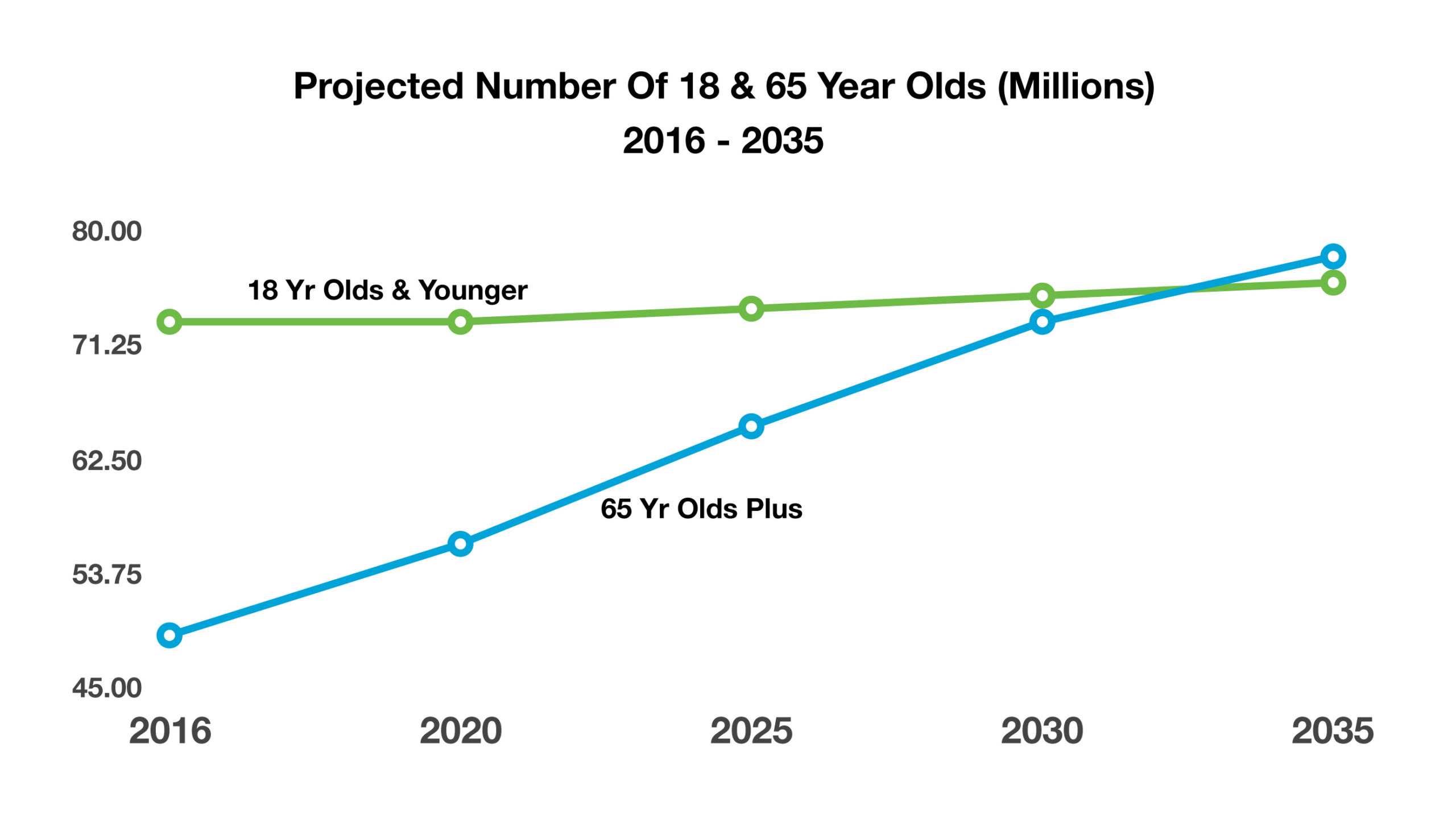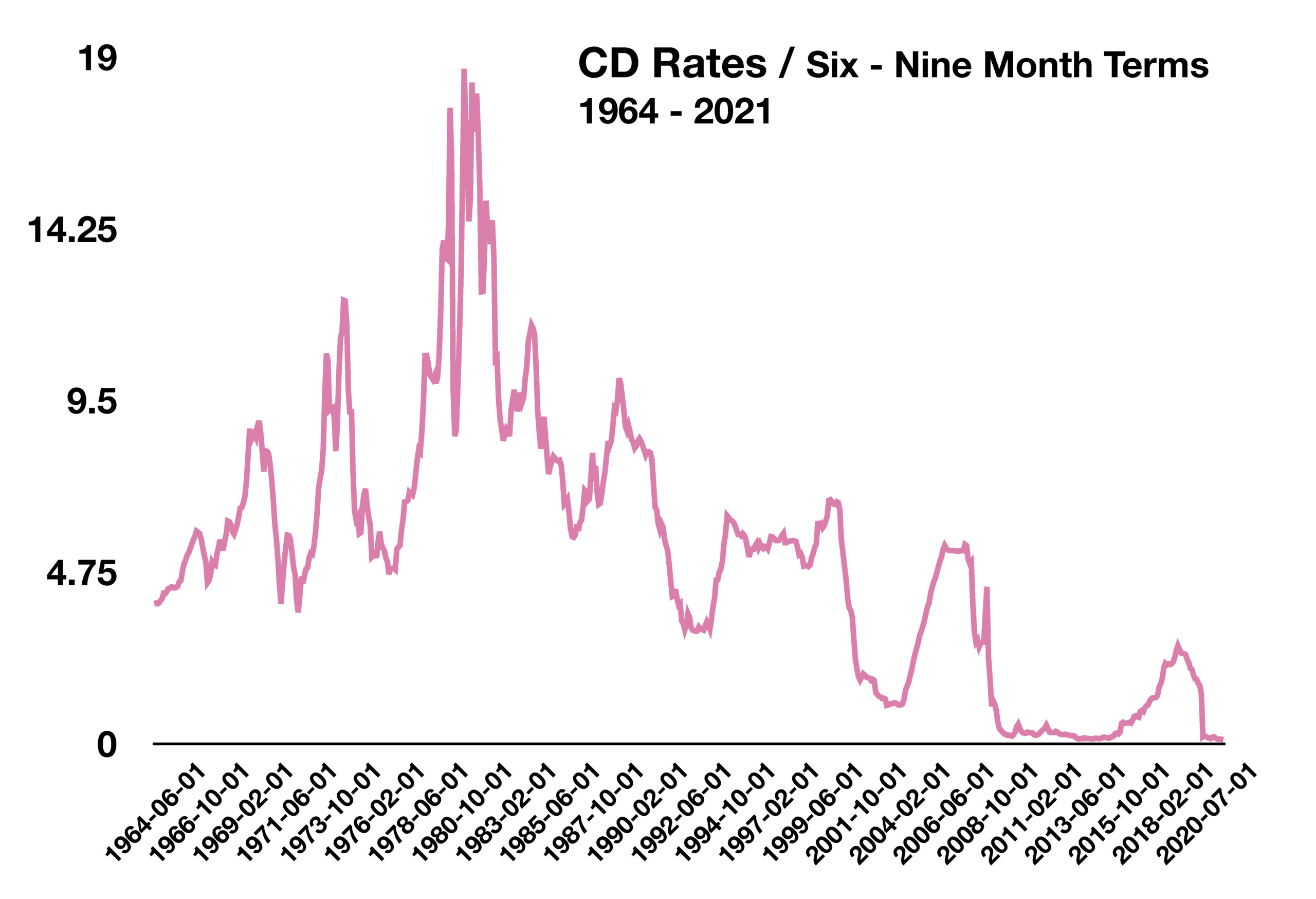
Stock Indices:
| Dow Jones | 44,094 |
| S&P 500 | 6,204 |
| Nasdaq | 20,369 |
Bond Sector Yields:
| 2 Yr Treasury | 3.72% |
| 10 Yr Treasury | 4.24% |
| 10 Yr Municipal | 3.21% |
| High Yield | 6.80% |
YTD Market Returns:
| Dow Jones | 3.64% |
| S&P 500 | 5.50% |
| Nasdaq | 5.48% |
| MSCI-EAFE | 17.37% |
| MSCI-Europe | 20.67% |
| MSCI-Pacific | 11.15% |
| MSCI-Emg Mkt | 13.70% |
| US Agg Bond | 4.02% |
| US Corp Bond | 4.17% |
| US Gov’t Bond | 3.95% |
Commodity Prices:
| Gold | 3,319 |
| Silver | 36.32 |
| Oil (WTI) | 64.98 |
Currencies:
| Dollar / Euro | 1.17 |
| Dollar / Pound | 1.37 |
| Yen / Dollar | 144.61 |
| Canadian /Dollar | 0.73 |
Macro Overview
An increase in confirmed Delta variant COVID cases globally reignited concerns about implementation of quarantines and social distancing restrictions. The rise in newly verified cases come as European countries start to relax restrictions that had been in place for the past year. In the United States, renewed mandates by the Centers For Disease Control & Prevention (CDC) are being criticized by some and welcome by others.
Economists believe that much of the economic growth thus far in 2021 has been attributed to business reopenings and government-provided financial assistance. Recent concerns about future economic growth include reinstated COVID-related restrictions, along with possible shutdowns for certain areas. Numerous employers and government agencies are starting to require that employees be vaccinated before returning to work.
Sequencing data is used determine how infectious mutations of Covid-19 are and what precautions to take. The complex automated process breaks down the DNA structure of an organism, revealing how to mitigate its exposure and neutralize it. Pharmaceutical companies employ this process to develop booster shots for existing vaccines.
As of the end of July, roughly 50% of the American population had been fully vaccinated as reported by the CDC, comprising over 163 million people. The CDC maintains that a fully vaccinated population may help limit the destructiveness of a probable wave of Delta infections. Federal Reserve member Mary Daly stated that the spread of the Delta variant along with low vaccination rates in certain regions of the world pose a threat to the global recovery. She also voiced caution in curtailing stimulus efforts for the U.S. economy.
Data for the U.S. Census Bureau revealed that 15% of people in renter-occupied housing are behind on their rental payments, double pre-pandemic levels. A federal moratorium on evictions expired July 31st and a new moratorium with limited scope was issued through October 3rd.
Arabica coffee beans, the benchmark for the price of coffee worldwide, had its largest price drop since 2008 as supply limitations diminished. Turbulent weather in Brazil and export issues in Columbia and Vietnam drove prices higher toward the middle of 2020. The U.S. Department of Agriculture (USDA) expects lower coffee prices along with an increase in coffee consumption this year.
Sources: Census Bureau, USDA, Fed, EIA, U.N., CDC



